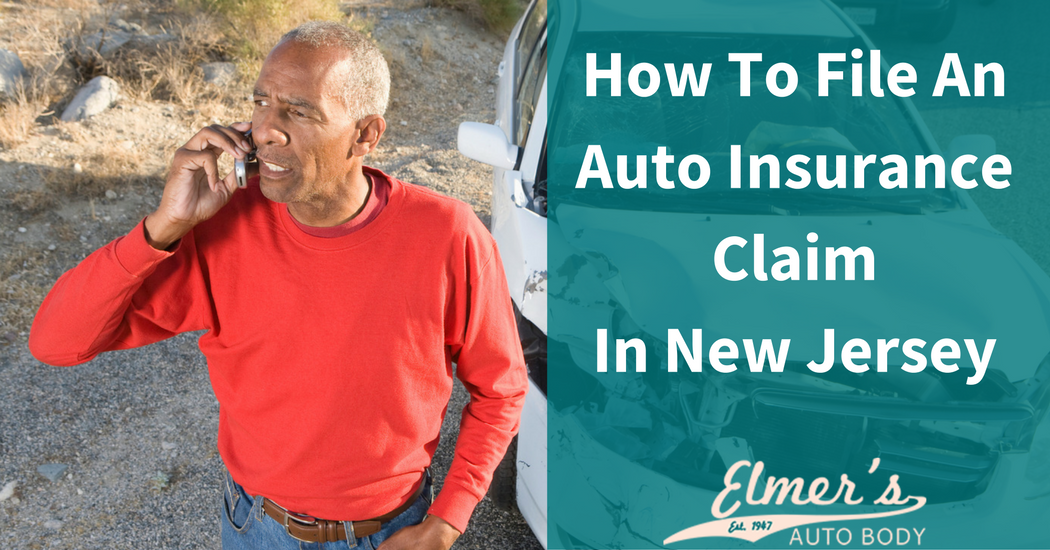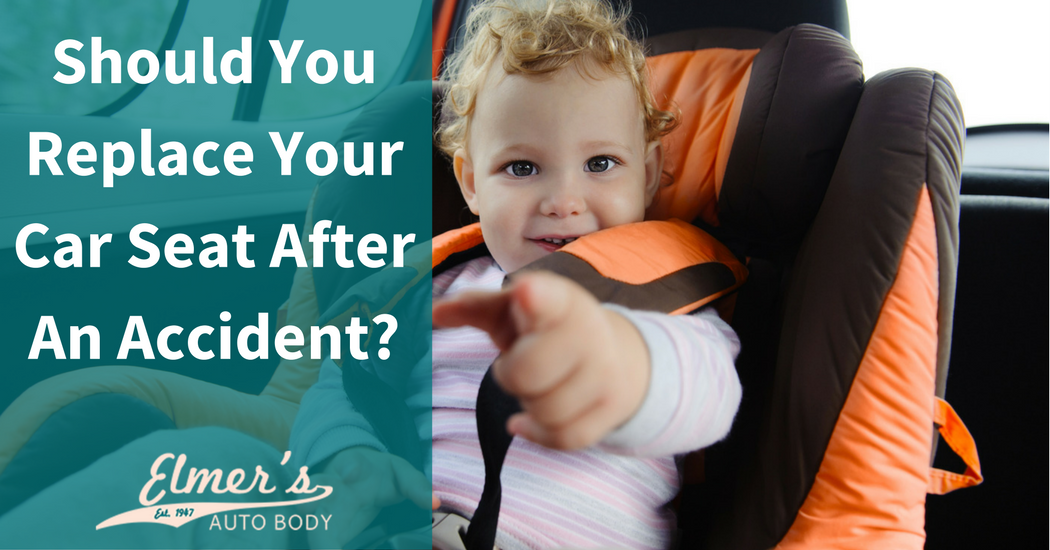No matter how careful you are behind the wheel, there is a chance that you will be involved in an accident at some point. An accident can be caused by a tree limb falling on your car in your driveway during a storm or someone running a red light as you head to work one morning. No matter what caused the accident or who was at fault, you will need to know how to file an auto insurance claim for your damages.
When Should You File a Claim in New Jersey
You need to contact your insurance company as soon as possible. Claims should be filed for vandalism, if your car was stolen or if the damage was caused by something other than a collision, like a tree limb or fire. Your insurance card will have the phone number of your insurance company or agent and most companies have after hours numbers you can call if your claim occurs at night, on weekends or on a holiday. Some companies will allow you to file your claim online as well. If you only have liability coverage on your vehicle, you will not be able to file a claim for damages to your own car as that only covers damage to someone else’s car or property. Collision and comprehensive coverage will pay for damage to your own car.
Information You Will Need
When you contact the company, you will need to give them your full name and policy number as well as the start and end dates of your policy. They will need to know the date and time the damage occurred as well as the names, addresses and phone numbers of any drivers, passengers and witnesses. You will also need to provide driver’s license and plate numbers for all vehicles involved. If the damage was the result of a collision, the insurance company may also require a copy of the police report which often has all the information included regarding the drivers and vehicles.
NJ Claims Process
Once your claim is filed, it will go through a process at the insurance company. First, the case will be assigned to a professional, normally an adjustor, who will handle the claim. The adjustor will review your coverage with you and review the details of the accident. An evaluation will be made which could include inspection of your car, reviewing injury reports and taking a sworn statement from you about the circumstances. They may offer you an initial payment to cover the cost of a rental car and other expenses. When the investigation is complete, the company will offer you a settlement. You may want to discuss your options with an attorney depending on the severity of the accident. Once you accept the settlement, the case is closed.
Injury Claims
If you were injured in an accident that was not your fault, your injuries may be covered by the other drivers’ bodily liability coverage. In a no-fault state, your personal injury protection coverage pays for your injuries. You may also have additional medical payments coverage that could cover the cost of injuries suffered by other passengers or if you were injured as a pedestrian. Your uninsured/underinsured coverage will also cover you if the other driver does not have enough insurance to pay for your injuries or has no insurance at all. If you are injured, take photos of the scene and any visible injuries. Visit a doctor immediately to document any injures. Be aware that accident injuries may not become evident until a day or so after the accident, so if you develop additional problems, see a doctor right away. Document any time missed from work, paid transportation to medical appointments and any other expenses such as medical equipment.
After an accident, it is critical to file a claim with your insurance company as soon as possible. If you are injured, visit a doctor immediately and follow all instructions you are given. Document all details of the crash and any injuries. If you have been in an accident and need assistance, schedule an appointment today.


